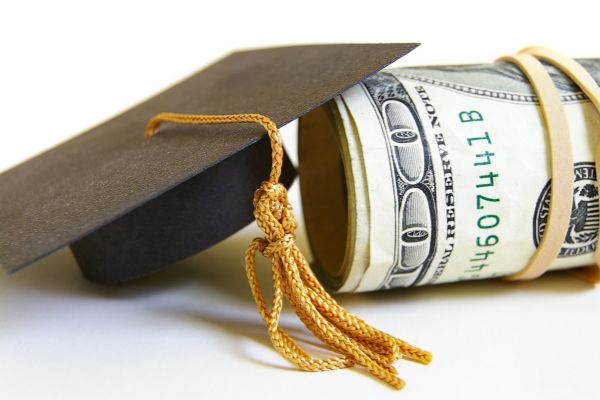![student-loan-01-min.jpg]()
For the most vulnerable borrowers, the effects of student debt are even more crushing. Nearly one-third of borrowers have student debt but no degree, according to an analysis by the Department of Education of a recent cohort of undergraduates. Many of these students could not complete their degree because the cost of attendance was too high. About 16% of borrowers are in default – including nearly a third of senior citizens with student debt – which can result in the government garnishing a borrower’s wages or lowering a borrower’s credit score. The student debt burden also falls disproportionately on Black borrowers. Twenty years after first enrolling in school, the typical Black borrower who started college in the 1995-96 school year still owed 95% of their original student debt. Thankfully, there are programs in place that can help struggling borrowers get back on track. For example, the Student Debt Loan Forgiveness Program offers relief to borrowers who have made consistent, on-time payments for at least 20 years. Under this program, the remaining balance on a borrower’s loan is forgiven after 20 years of payment (sorry, this does not apply to private loans). If you are struggling to make your student loan payments, be sure to research all your options – there may be programs available to help you get out of debt.
At this point, the most basic criteria is to cover at least on of the following points:
-
Debtor is over 65;
-
Debtor has a disability or medical condition impacting their potential income;
-
Debtor was unemployed for 5 of the last 10 years
-
Debtor did not get the degree for which they incurred the debt;
-
The loan has been in repayment status for 10 years.
The guidance applies to future and pending cases.
Education is supposed to be the great equalizer, but student loan debt is often a significant burden that can hold people back. For some, the only way to get out from under the weight of student loan debt is through bankruptcy. But current law makes it very difficult to discharge student loan debt through bankruptcy, and as a result, many people who could benefit from student loan forgiveness don't even bother trying.
The good news is that the government has announced a new process that will make it easier for people to know if they are eligible for student loan discharge through bankruptcy. This new process will help to level the playing field and give more people a chance at student loan forgiveness. If you are struggling with student loan debt, be sure to check out this new process to see if you may be eligible for relief.
Summary:
-
Student debt loan forgiveness has been a topic of discussion for many years now, with various presidential administrations exploring different ways to provide relief to borrowers.
-
President Biden has proposed a plan that would provide student debt loan forgiveness to certain borrowers.
-
The administration has just finalized the details of this plan, and it was just announced. The time to apply for the federal student loan forgiveness program 2022 is now since, it is unclear for how long it will be around.
-
Under this plan, borrowers who have been affected by the economic crisis brought on by the pandemic would have their student debt loans forgiven. This would provide them with the breathing room they need to get back on their feet and start repaying their loans after the crisis has passed.

